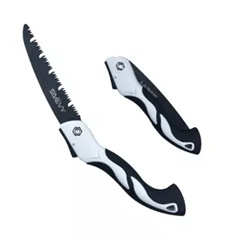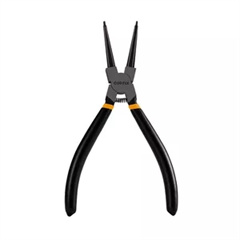Prehistoric Hammers: The earliest hammers were likely simple, handheld stones used for striking and shaping objects. These primitive tools were made by chipping rocks into a suitable shape, with one end serving as the striking surface.
Ancient Times: As humans progressed, they began to attach handles to stone heads, creating the first versions of handled hammers. These tools were used for a variety of tasks, from hunting to woodworking. Metalworking allowed for the creation of more durable hammer heads.
Bronze Age: During the Bronze Age, metals like copper and bronze became more accessible. These materials were used to create more advanced hammer designs, as they could be cast into specific shapes and were more durable than stone.
Iron Age: The Iron Age brought about significant advancements in hammer technology. The ability to forge and shape iron allowed for the creation of stronger and more specialized hammers for various tasks. Blacksmiths used hammer and anvil techniques to shape metal with greater precision.
Medieval and Renaissance Periods: The medieval and Renaissance eras saw the development of more specialized hammers for specific crafts. Blacksmiths, carpenters, and other artisans used hammers tailored to their needs, leading to the creation of ball peen hammers, cross peen hammers, and other specialized designs.
Industrial Revolution: The Industrial Revolution marked a major turning point in hammer evolution. The advent of machinery allowed for mass production of hammers, resulting in more standardized designs and improved materials. Steel became the preferred material for hammer heads due to its strength and durability.
Modern Times: The 20th century brought further advancements in hammer design. Ergonomic handles and grips were introduced to improve comfort and control. Additionally, different types of hammers were developed for specific industries, such as construction, metalworking, and woodworking.
Contemporary Innovations: In recent decades, technological innovations have continued to shape hammer design. Materials like fiberglass and composite materials have been used to create lighter yet durable handles. The incorporation of shock-absorbing technologies has improved user comfort and reduced strain.
Digital Age and Beyond: As technology advances, it’s possible that hammers could incorporate smart features, such as sensors to provide real-time feedback on striking force and angles. However, the fundamental design and purpose of hammers are likely to remain rooted in their historical origins.
Throughout history, hammers have evolved from basic stones to sophisticated, specialized tools that play a vital role in various industries. This evolution is a testament to human ingenuity and the constant drive to improve tools for efficiency, precision, and safety.



































